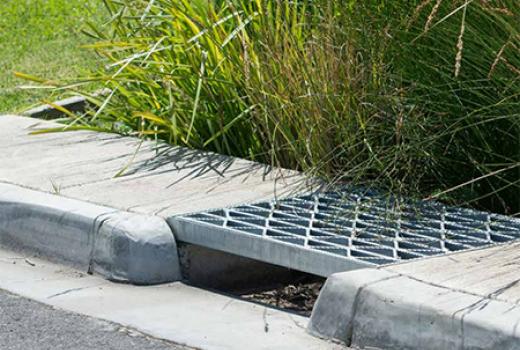What are our current water storage levels?
Our water storage levels always change. Melbourne Water has the latest information.
Where does our drinking water come from?
Greater Western Water is Brimbank's drinking water, recycled water, and sewerage services, provider.
To get to your tap, water travels through reservoirs, treatment plants, and many kilometres of pipes. Brimbank owes its prosperity and growth in part to healthy water resources.
Factors affecting water supply
Water storage levels can drop quickly due to ever increasing pressures such as:
- climate change;
- population growth;
- logging; and
- economic development.
Our climate is now characterised by:
- longer and drier periods;
- greater temperature extremes; and
- more intense storm events.
All these factors dry out the land, affect rainfall patterns, and reduce how much water enters our reservoirs, affecting our water storage levels. Hotter drier conditions also increase the risk of bushfires, placing further pressure on our drinking water supplies.
Logging occurs within four of Melbourne’s water supply catchments, including the Thomson catchment that provides most of our water and is critical to our water security.
Logging in the Thompson catchment is causing water loss equivalent to the amount used by 250,000 Melbournians each year.

